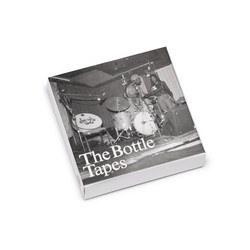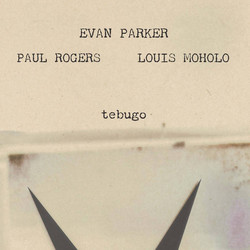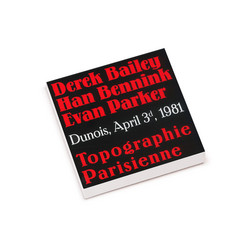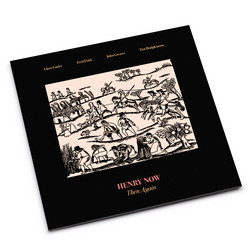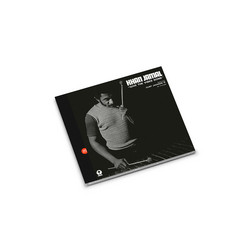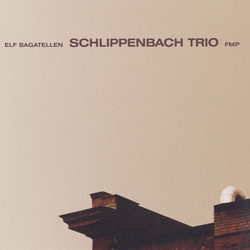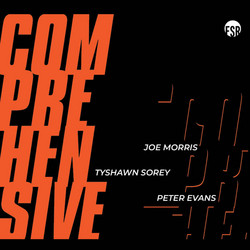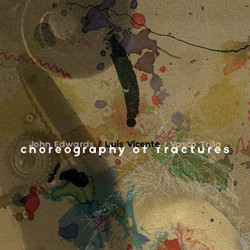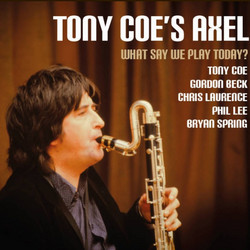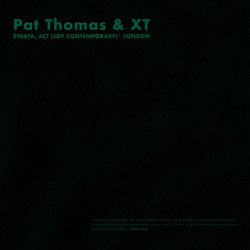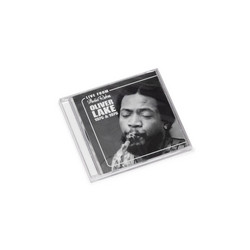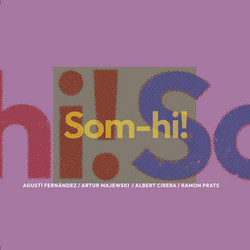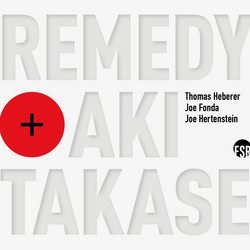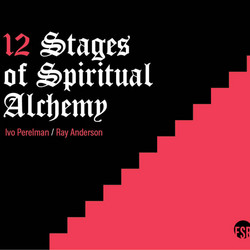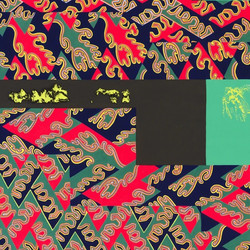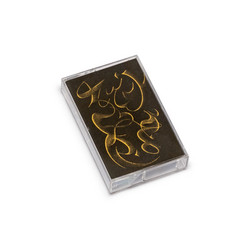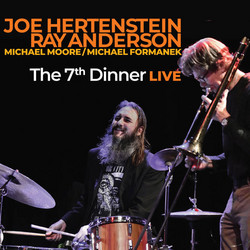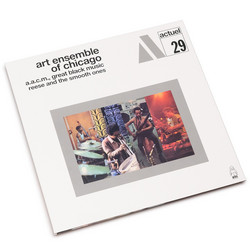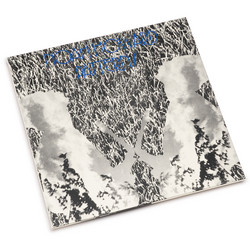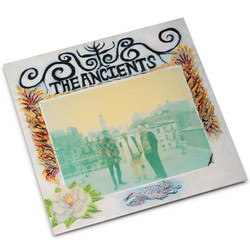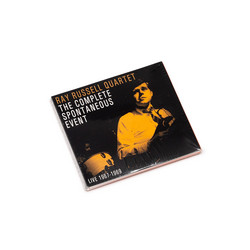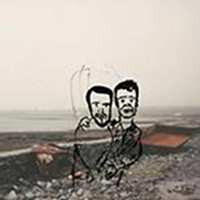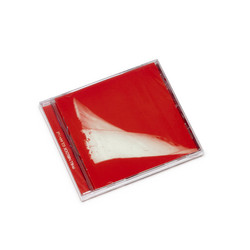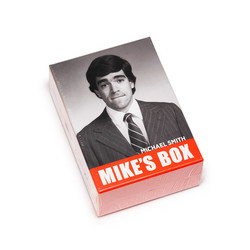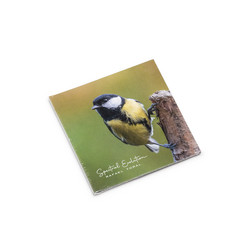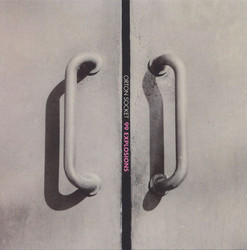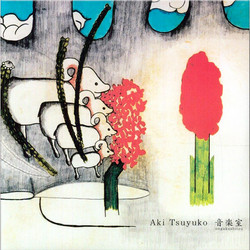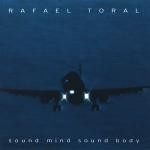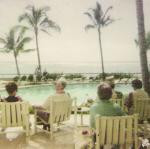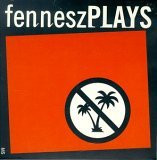The English free jazz improvisation scene of the late 60s and early 70s was an incestuous breeding ground. Robert Fripp was producing albums by Keith Tippet, Brian Eno was using Derek Bailey and Evan Parker on albums of odd Russian electronic music on Island, and labels like EMI and RCA were actually taking a stab at selling this music to a large market. Amidst all this was Ray Russell, a popular session guitarist, also playing in John Barry's group, also reputed to be the first guitarist in England to have a pedal setup, and also the man responsible for the guitar freak-out on the Dr. No soundtrack album. CBS and RCA started releasing records of his free jazz groups. They started innocently enough, but eventually Russell started to break free. At a time when hollow body guitars and a clean sound were the norm, he had his Fender guitar in one hand and a fuzz box in the other. For a period in the early 70s he made records of unknown hybridibastardization of the rock sound and free jazz energy. He was Caspar Brotzmann when Caspar's dad was still writing blueprints for the continental Europe free jazz sound.
Then he moved on, as people do, and the records became impossible to get. His efforts dropped off the face of the free map. The sound is recognizably jazz -- rhythm section, horn, playing heads; group improvisation. But even after all these years it's still a shock when Russell comes up to bat. His lines are not so much melodic variation, or even Coltrane-like walls of sound. Instead it is what, 20 years later, was termed 'skree'; sharp, angular bursts, like a Pollock painting mounted with guitar pickups, the sound of explosions. Like contemporaries Sonny Sharrock and Terje Rypdal, Russell makes it sound as if the guitar is not enough, as if he's reaching for something wilder, something that can't be contained within the 6 string cage.
